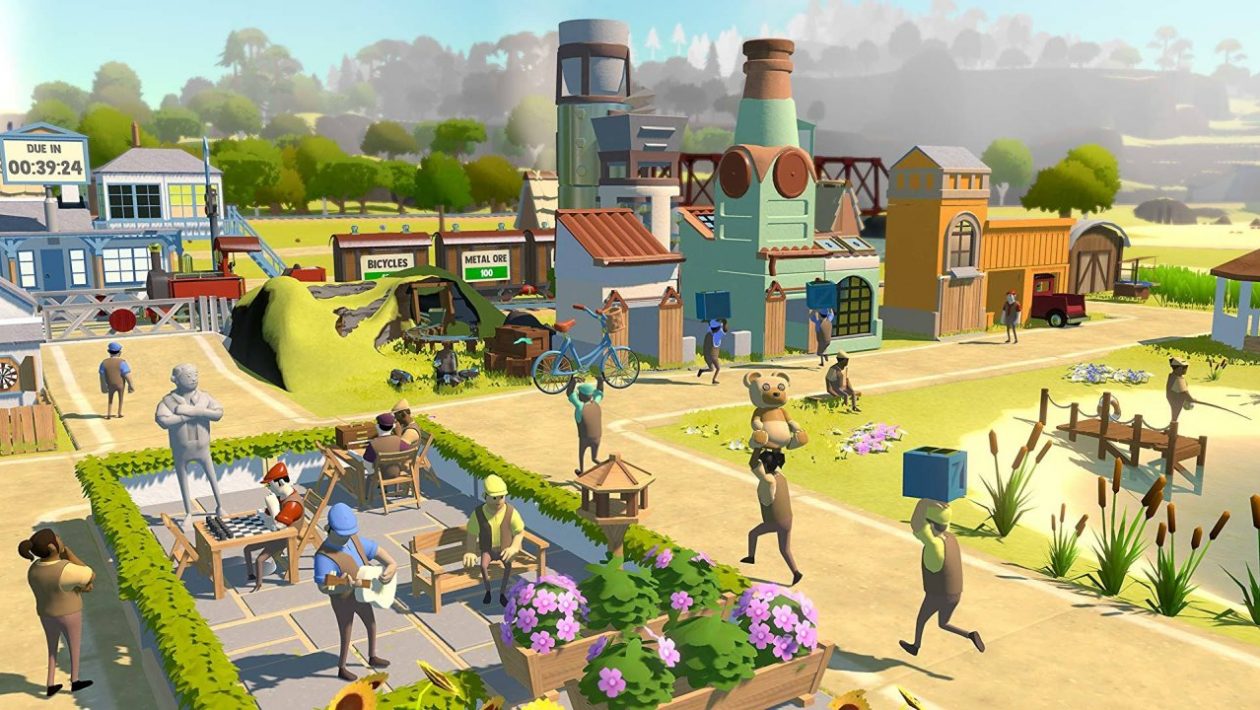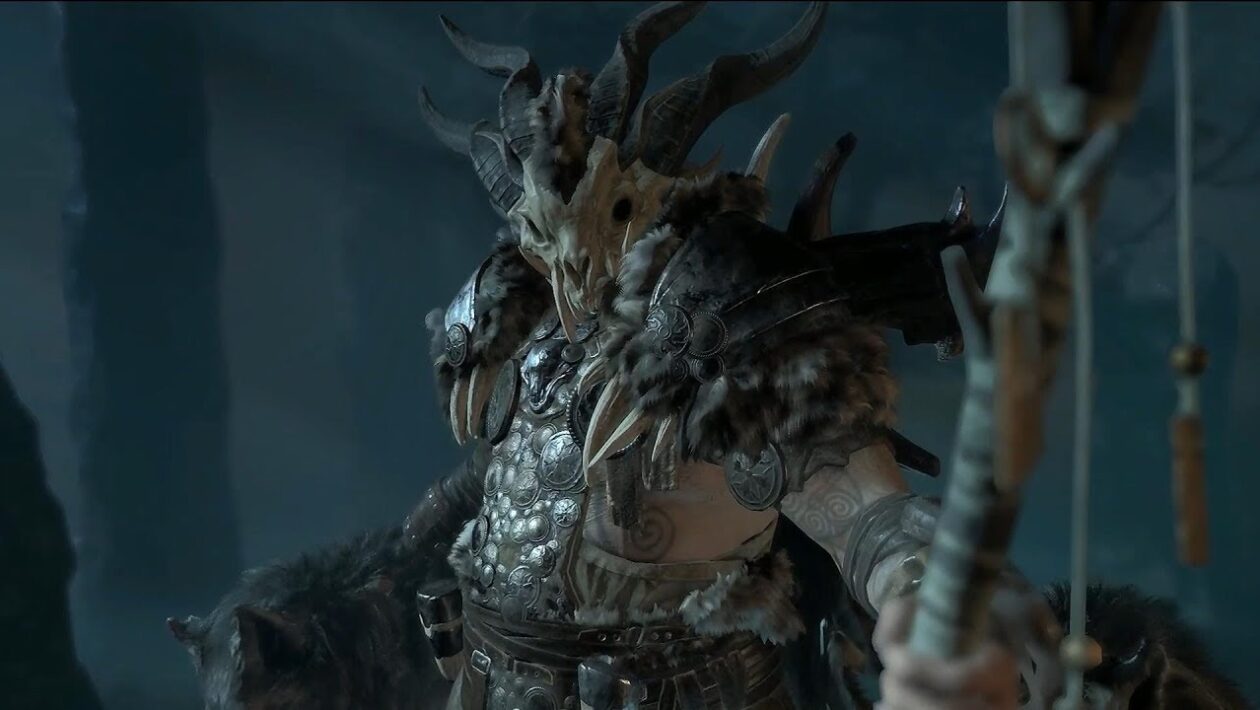Peter Molyneux sold London in his game for 20 million crowns -apkrig
Who would have thought a few weeks ago that one of the hottest trends in video games would become the NFT by the end of 2021. The clues that came from Ubisoft and several other large companies began to materialize quickly, which is underlined by today’s article on tokens in STALKER 2. In the news summary, however, we also discussed the huge interest from Peter Molyneux, who decided to offer players the opportunity earn by playing his future Legacy title. Through the NFT, it offers them land for their future shops and factories and grants them the right to hire other partners in the sales network. Together, they will design a variety of products on digital workbenches, take care of their production and subsequent sale to other players, from which they will logically own sales. But connecting Legacy to a blockchain will allow you to give virtual LegacyCoins real value in real money and therefore something real earn. And that the idea, at least in its infancy, is proven by the sales that 22cans has already recorded against land sales – according to Rock Paper Shotgun, sales are more than a billion crowns, with the most expensive land – the center of digital London – being sold for barely an incredible 20 million crown.
The sale of land, which guarantees the right to create another own NFT in the used blockchain, takes place on the Gala Games website. You can pay in Gala, BAT and Ethereum, with the cheapest one costing approximately 70,000 crowns. But all 2000 plots have already been sold and all the others are many times more expensive. If you want to jump in now, the nearest plot will cost you twice this amount, a larger one – where you can start a more self-sufficient company – then costs 400 thousand crowns and gradually you will get to the above-mentioned amount of 20 million for central London. Naturally, only time will tell what land has real value, but it is clear from the progress of the 22cans developers that they have bet all their cards on the so-called FOMO effect – that is, the fear that something you miss – and so far everything goes well for them. Whether anyone will play the game and whether it will really be possible to make money by selling their own NFT products is, of course, a question, but Molyneux is adamant that it gives people around it a unique opportunity.
On the other hand, there is a fairly real possibility that the Legacy market may not be flooded with hastily hastened products.
He spoke with the editors of The Verge magazine about the concept of the game, which should arrive early next year, and it must be admitted that some of the answers underline the designer’s infamous reputation. Molyneux has built air locks many times in history, for which he has been cyclically criticized, but apparently nothing fundamental has changed about his approach. For example, when asked how his studio or he approaches the fact that Legacy is still just a game and players can find bugs in it, he answered only vaguely by taking care of self-regulatory mechanisms. “We’re going to have to watch the world react to small changes,” Molyneux said vaguely again, repeating in the rest of the answer to a fairly crucial question how incredible it remains to him that someone could make money through his game. On the other hand, there is a fairly real possibility that the Legacy market might not be flooded with hastily low-value products, as Molyneux said, for example, in Diablo III. For placing a product for sale, the player has to pay a fee in LegacyCoins, under which he can imagine the value of real money – better said, money with forced circulation, which according to the game designer creates a certain psychological barrier and will help keep the market clean.
However, there are still a lot of questions about the Legacy, but about the use of the NFT in games in general, and there are other possible threats in the quoted interview. For example, if the developers themselves interfere with the operation of the game, they can ultimately directly affect the lives of individual people or their livelihoods. It is also interesting to look at the concept of towns and villages that live under the domination of an influential businessman, on the basis of whose success or failure the place also thrives or declines. In addition, the interview with Verge states that a certain part of society may perceive this negatively, given that living in such places was associated with the need for the entrepreneur to work and accept that everything revolves around one large factory or factory. From here, he is no longer far from dystopia, which Molyneux refutes and confirms, on the contrary, that if players actually gain a similar status, they can do their best to keep the surrounding inhabitants living as well as possible.



